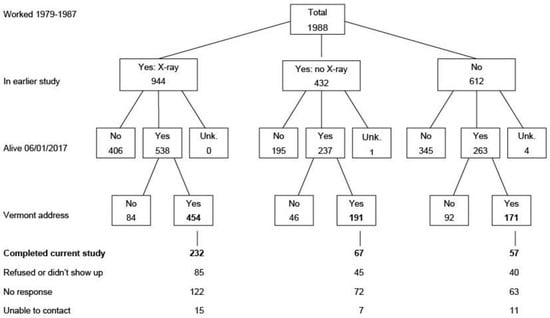- cross-posted to:
- dangerdust
- cross-posted to:
- dangerdust
Conclusions
This study provides direct evidence that granite workers with long-term exposure to ≤0.10 mg/m3 respirable crystalline silica are at risk of developing silicosis, particularly if they are employed as stone cutters and carvers.
Although many of the detected cases had simple silicosis with a profusion category of 1 or 2, corresponding to low or moderate radiographic severity, they had an increased prevalence of dyspnea compared to workers with similar smoking histories and no classifiable parenchymal abnormalities.
These results reinforce the importance of regulating and monitoring occupational exposure to respirable crystalline silica and justify the periodic radiographic screening of all exposed employees to identify early parenchymal changes indicative of silicosis.


